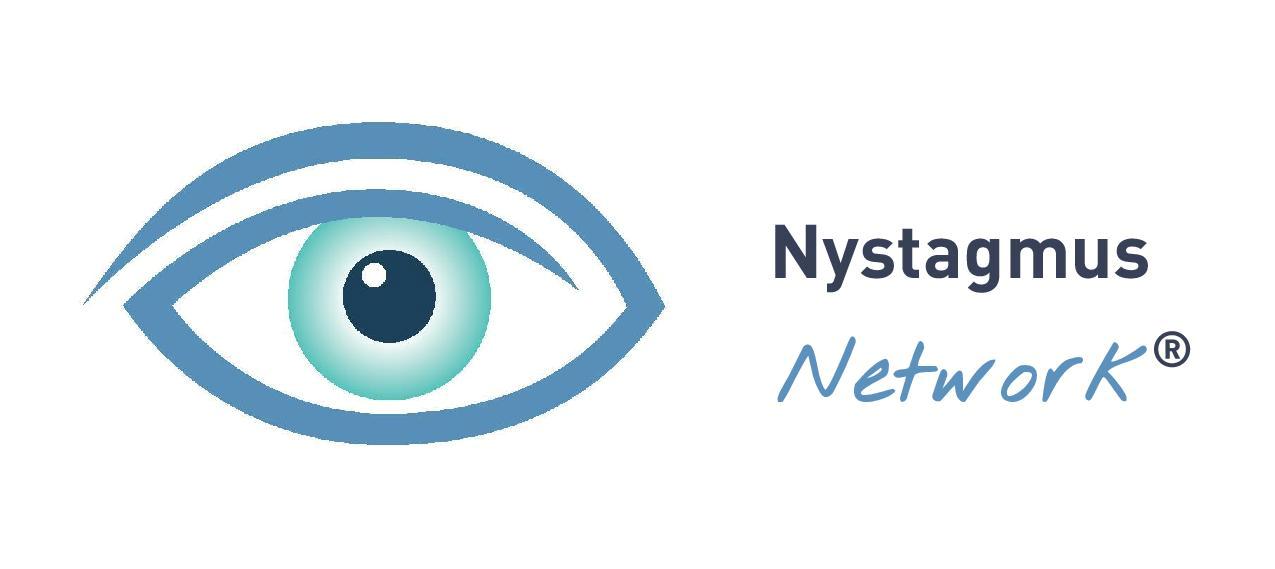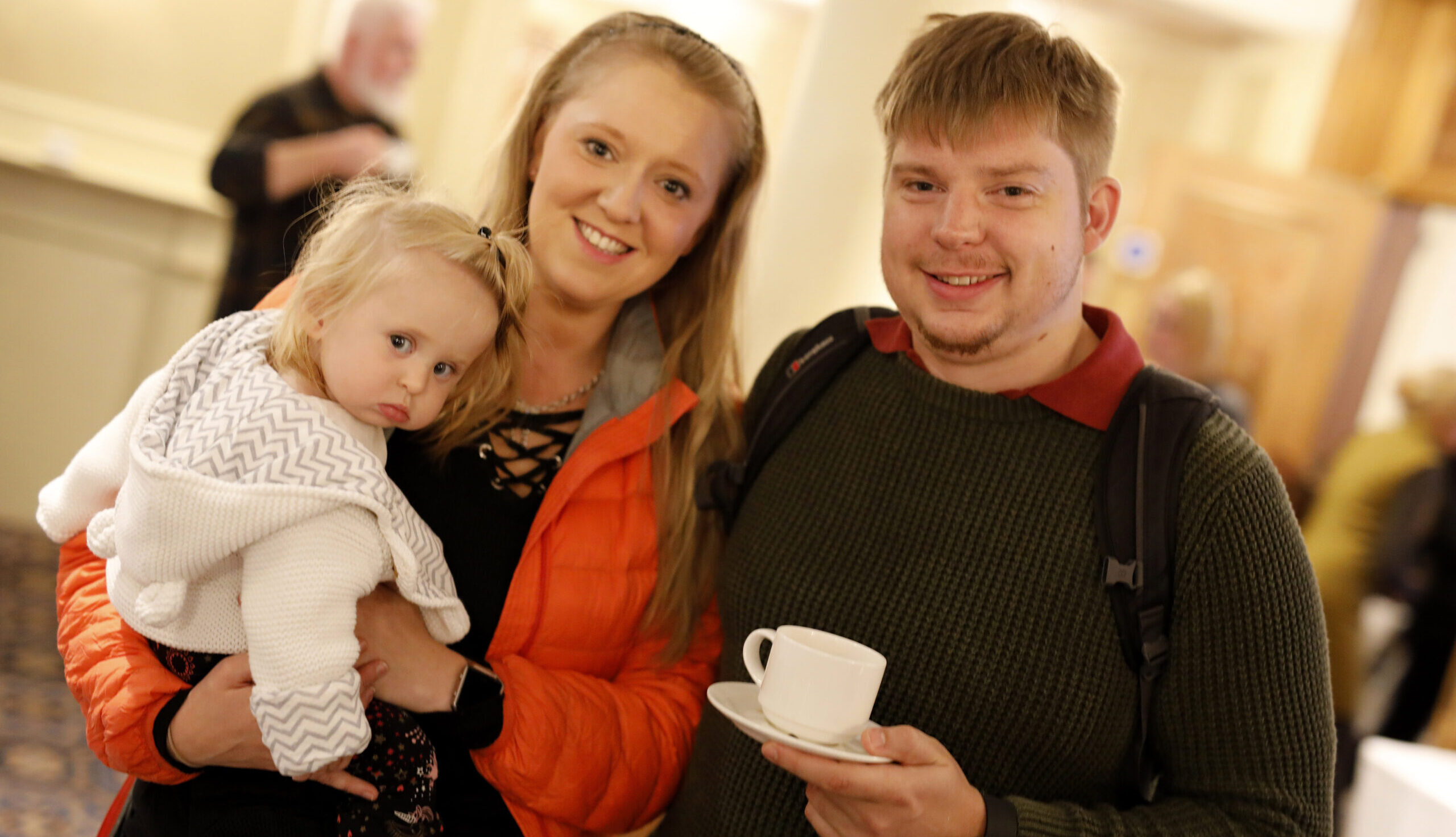Why we need a pathway
Getting a diagnosis of nystagmus for a small baby is an anxious time if you’ve never heard of the condition before. It’s even harder if all the medical information seems a bit bewildering and you don’t know where else to turn for support.
That’s why NUKE (the Nystagmus UK research group) is working to put together the ‘Nystagmus Care Pathway’, a set of guidelines for hospital eye clinic staff to follow so that everyone gets answers to their questions and finds their way to sources of support.
Read more here about why nystagmus clinicians and support providers, including the Nystagmus Network are working for a Nystagmus Care Pathway.
The value of immediate, clear information about nystagmus for families and signposting to sources of support cannot be emphasised enough. Generally, their questions fall into three categories: What is the cause? How will it impact the sight and general wellbeing? What is the solution?
Pinpointing the cause has many benefits for patients. An accurate diagnosis empowers families to talk about nystagmus and advocate for themselves and/or their children. If the cause is genetic the family can know the probability of other children being born with nystagmus.
Parents especially want to understand how nystagmus will affect developmental milestones, education, social interaction and, ultimately, career choice. The first 17 years are of more immediate significance than whether or not the child will eventually be able to drive. Talking about encouraging a baby to explore, the support available in school, learning to ride a bike and making friends will enable parents to understand their needs and make them better prepared to support them and to be positive about their future.
Following the initial shock of diagnosis with a previously unheard of condition, most parents gradually accept that treatments are limited and there is no cure. At this point they can begin to understand the surgical and pharmaceutical options available, refraction and low vision aids, what will help, what will not help and why.
Where clinicians lack the time or experience to answer some of these questions, it is important to steer families away from Google and signpost them instead to national and regional organisations such as the Nystagmus Network, local sight loss organisations, the ECLO or QTVI.
“Your organisation has been a godsend for our families to understand and help our little one. I truly believe some of the advice has enabled him to thrive – and without you that wouldn’t have been possible.” – a parent to Nystagmus Network 2019
“Without the help of you guys and Jay Self at Southampton I would still be rocking in a corner not knowing what to do.” – a parent to Nystagmus Network 2017
The role of Certificate of Vision Impairment (CVI) registration
Based on anecdotal evidence to the authors over 35 years, issuing a child or an adult who has nystagmus with a CVI (Certificate of Vision Impairment) is in most cases very beneficial, enabling them to access support they may otherwise be denied. For instance, it is difficult for a child with nystagmus to get an EHCP (Education Health and Care Plan) without first having a CVI.
A CVI also helps in claiming benefits (Universal Credit, DLA or PIP) accessing sports and entertainment venues, obtaining travel concessions and using the DWP’s (Department of Work and Pensions) Access to Work scheme. Very few patients find CVIs a stigma. They can choose to revoke their CVI if, for example, their vision is good enough to apply for a driving licence at age 17.
Regardless of the effect on visual acuity, nystagmus is a lifelong vision impairment affecting quality of life. Registration can be at the consultant’s discretion.
“I just thought I would let you know the patient you very kindly supplied all of the information for regarding nystagmus and registration was registered SI (Sight Impaired) yesterday. The patient is so very pleased, as this will now enable them to pursue their plans.” – an ECLO to Nystagmus Network 2021
Patient perspective
Ideally, when patients are discharged from hospital they should have a realistic understanding of the impact of nystagmus. This should extend beyond VA and include spatial awareness, challenges with eye contact, facial recognition and visual crowding, the null zone, time to see, the variability of vision and whether or not the nystagmus is part of a progressive or largely static condition.
Families also need to be aware of the potential social and emotional aspects of nystagmus. Research suggests that the cosmetic consequences of nystagmus (abnormal head posture, flickering eyes, difficulty making eye contact) can contribute to social awkwardness, feelings of isolation, low self-esteem and depression.
The challenge for clinicians, at a time when we are still learning about the impacts of nystagmus and how to measure them, is knowing where to strike the balance. On the one hand, patients should not be discharged thinking “nystagmus is the end of the world”. On the other, they should not leave a hospital eye department thinking nystagmus will have no impact at all.
“With thanks to the Nystagmus Network for the sense you help to make of what having nystagmus means and how we and families like ours can support our children to lead amazing lives.” – a parent to Nystagmus Network 2020




